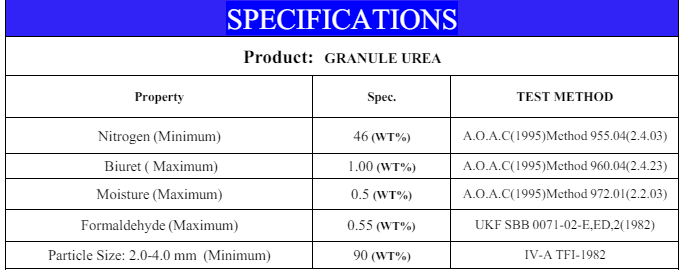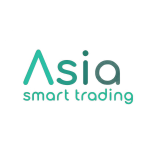Asia Smart Trading

?WHO WE ARE
Asia smart trading is:
specialized in the trading of the full range of Petroleum products .Our expertise in physical and paper markets accompanied with well-managed logistics enables Asia smart trading to safely and responsively meet the world’s growing demand for Petroleum products and serve our counterparties around the globe
Crude Oil
L.P.G (Liquefied Petroleum Gas)

Sulfur (Sulphur) is:
one of the most important agricultural and industrial raw materials and is considered a strategic product. Sulfur is a tasteless and polyvalent nonmetal which is mostly in the form of yellow crystals and is obtained from sulfide and sulfate. Sulfur is the primary source in the production of sulfuric acid, the world’s most widely used chemical. Sulfuric acid is an essential intermediate in many processes in the chemical and manufacturing industries. Sulfuric acid also is used by the fertilizer industry to manufacture primarily phosphates, nitrogen, potassium, and sulfate fertilizers.The increasing demand from the fertilizer manufacturing sector, coupled with increasing usage of sulfur for vulcanization of rubber are the main factors driving the growth of the global sulfur industry. Moreover, owing to the fall of crude prices, refineries across the globe are engaging in capacity expansion and other brownfield activities, leading to higher demand for sulfur. The demand for sulfur is also anticipated to be driven by the increasing usage of elemental sulfur as a major ingredient in the vulcanization process implemented to manufacture rubber.
UREA 46% FERTILIZER is:
Introduction and scientific invention of Urea is identified as a life changing event in the history of agriculture. Urea is the world’s most common nitrogen fertilizer and has been used uniformly in all the agricultural lands of the world. Urea is neutral in pH and can adapt to almost all kinds of soils. Urea is widely used in the agricultural sector both as a fertilizer and animal feed additive. The last decade has seen urea as a superb replacement to ammonium nitrate and has unleashed new unsurpassed production records. More than 90% of world industrial production of urea is destined for use as a nitrogen-release fertilizer. Urea has the highest nitrogen content of all solid nitrogenous fertilizers in common use. Therefore, it has the lowest transportation costs per unit of nitrogen nutrient.


DIESEL/GASOIL is:
Diesel fuel, also called diesel oil or historically heavy oil, is any liquid fuel specifically designed for use in a diesel engine, a type of internal combustion engine in which fuel ignition takes place without a spark as a result of compression of the inlet air and then injection of fuel. Therefore, diesel fuel needs good compression ignition characteristics.D2 is a refinery abbreviation for Gasoil. It is the second distillate from the crude oil, and can be used without reformers and additives. Diesel’s “flash point” changes in the winter. It also has additives to absorb water that condense.ISO has a standard for D2 that most of oil companies use as their reference. In the U.S. it is ANSI that has defined the US national standard for D2, according to proposals from the ASTM, API and EPA. In Europe there are similar national variants, e.g. in Germany set by DIN, and in Russia by GOST.

